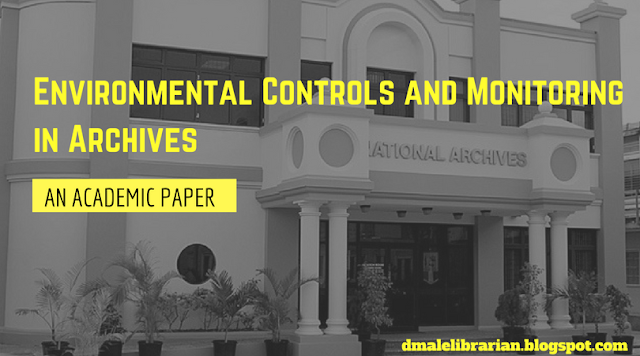Social Software and Library 2.0 (Reading Notes)
"How A rag tag band
created Wikipedia"
I think Wikipedia has been a revelation in terms of accessing
and democratizing information on the internet. Perhaps some professionals and
academics despise it so much is because it presents an alternative model which
is free and open access. In spite of the criticisms, Wikipedia’s importance is
shown in its expansion in terms of content and popularity. Of the two million
articles its hosts, 600 000 are in English with the remainder in various
languages. Even more important was that the majority of the traffic on Wikipedia
was attributed to its non-English articles, which showed its global reach and
appeal. Though the information on Wikipedia could be added and edited by
anyone, there is still a structure in terms how it is run and how policies are determined.
There is order in the supposed ‘chaos.’ What I found also striking were the
system administrators who were volunteers. I think, hate it or love it,
Wikipedia is definitely an innovation that will be part of the online
information landscape for some time to come.
“Creating the
academic library folksonomy”
Personally I find the explanation given about how these
folksonomy sites are run sound quite complex for instance the advice given on creating
content for your library’s Web site. That being said, the tagging model is a
very useful one. I find its similar to what Google does in recording lists of
what people have a tendency to look for, in terms of subject category, and
using these to help direct or anticipate what another user might be searching
for. The principle to me is the same; you are using the results of past users
to aid future users in finding what they want but just in a more direct and
openly participatory manner. With
regards to libraries having their own social tagging sites such practices on
their part is symptomatic of the ideology of Library 2.0 which emphasizes users
playing a greater participatory role in the functioning of libraries especially
on the internet, thus increasing the visibility of libraries online. My response
towards the questions asked at the end of the article is that librarians should
control or mediate the kinds of vocabulary that patrons upload in order to maintain some
kind of order. Such a role would see librarians maintain their presence online,
conducting an exercise that they have been academically trained for.
Using a wiki to
manage a library instruction program
Drawing on the concepts of Library 2.0 and Web 2.0, library
instruction wikis are definitely going to be the next step for libraries in
taking advantage of the internet as a medium of communication with users.
Library instruction wikis had two chief uses which were stated in the article:
sharing knowledge and encouraging cooperation in the creation of resources such
as handouts and guides. An example where library instruction wikis was being implemented
was at the Charles C. Sherrod Library at East Tennessee State University.
Librarians here sought to collaborate with faculty instructors to provide accurate
information on assignments. This was eerily similar to what an author in a previous
reading had predicted about academic librarians becoming more involved in what
was going on in the classrooms, collaborating with lecturers in formulating
syllabuses and associated reading materials.
ReferencesCharles Allan, “Using a wiki to manage a library instruction program: Sharing knowledge to better serve patrons, C&RL News, April 2007 Vol. 68, No. 4 http://www.ala.org/ala/mgrps/divs/acrl/publications/crlnews/2007/apr/usingawiki.cfm
Jimmy Wales: “How a ragtag band created Wikipedia” http://www.ted.com/index.php/talks/jimmy_wales_on_the_birth_of_wikipedia.html
Xan Arch, “Creating the academic library folksonomy: Put
social tagging to work at your institution” C&RL News, February 2007 Vol.
68, No. 2 http://www.ala.org/ala/mgrps/divs/acrl/publications/crlnews/2007/feb/libraryfolksonomy.cfm


Comments